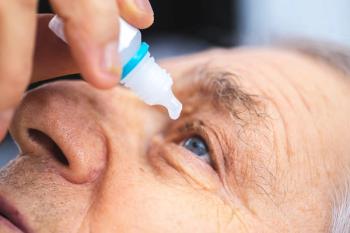
NASA awards $5 million to artificial retina development efforts
LambdaVision and its partner SpaceTango have been selected by National Aeronautics and Space Administration (NASA) to receive a $5 million reward toward the development of the first protein-based artificial retina. Researchers hope the novel treatment will help blind patients and those with significant sight loss due to advanced retinitis pigmentosa (RP) regain sight. The artificial retina offers secondary application as well in age-related macular degeneration (AMD) andother retinal degenerative diseases, according to the company.
The protein-based, artificial retinas produced in the program imitate human photoreceptors’ light-absorbing properties. They are capable of awakening deteriorating retinas of blind and nearly blind patients, thereby regaining sight.
Related:
The award includes a series of flights to the International Space Station (ISS) U.S. national laboratory over a three-year period to improve on-orbit processes relating to the production of artificial retinas. LambdaVision and SpaceTango are focused on using the microgravity environment to optimize manufacturing parameters for the assembly of retinal implants.
Artificial retinas are already produced on Earth through a layer-by-layer construction process, but researchers at LambdaVision believes microgravity may reduce the amount of materials required, thereby lowering costs and accelerating manufacturing.
Once the process is legitimized and production goals are reached, it could lead the way for more space-manufactured medical products to be developed.
In a statement, Twyman Clements, co-founder and chief executive officer of SpaceTango says, “As we explore the seemingly immense ways in which microgravity can benefit the development and production of a wide range of products, our long-term collaboration with LambdaVision continues to provide us with valuable learnings that might one day help some patients regain sight and may also lead to other important production discoveries.”
More by Brooke Beery:
Newsletter
Want more insights like this? Subscribe to Optometry Times and get clinical pearls and practice tips delivered straight to your inbox.









































